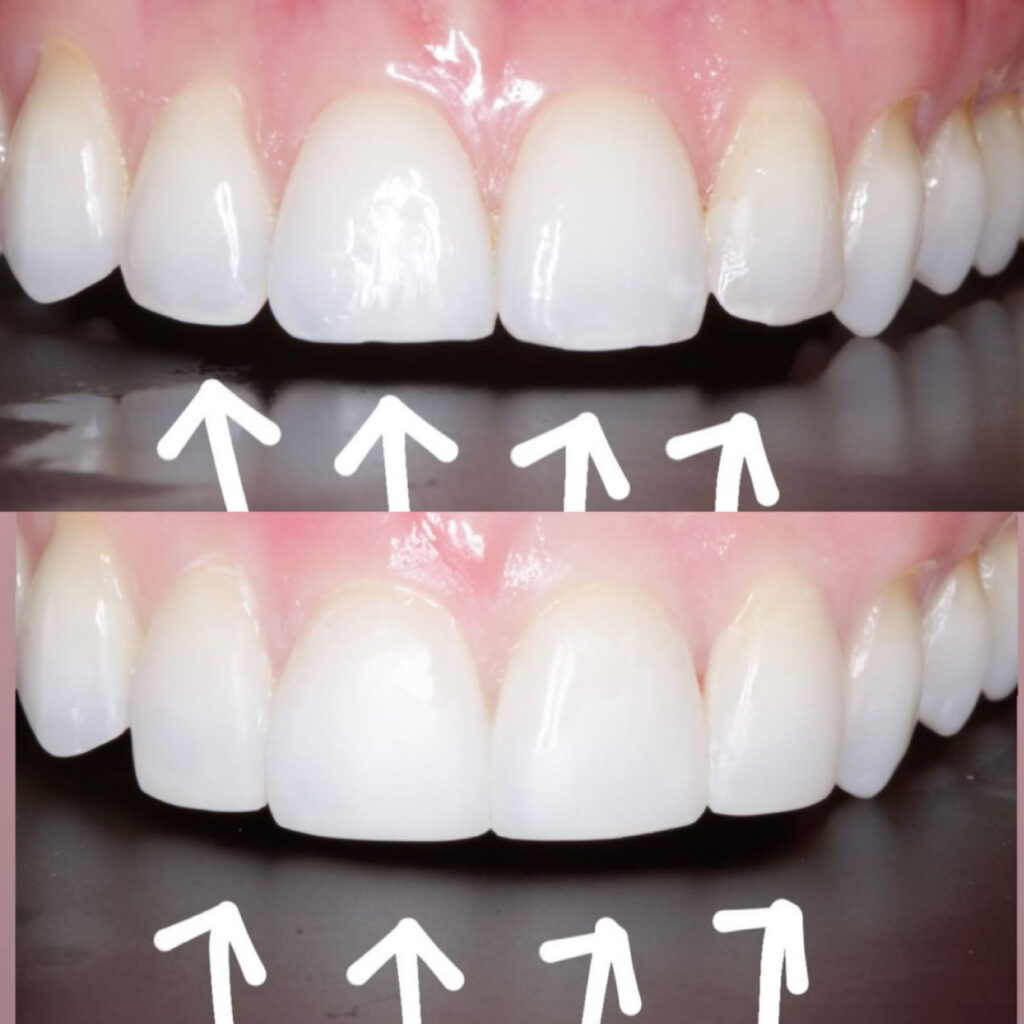
What is Composite Edge bonding?
Composite Edge Bonding (also known as Incisal Edge Bonding) specifically means that the composite is applied only to the edges and not to the entire teeth. Composite edge bonding is a more subtle approach for neatening the edges or extending the teeth to lengthen them or fill gaps. So if the edges of your teeth are quite uneven or jagged and not smooth, this is the ideal treatment for them. It targets and treats the edges of your teeth to finish them off with a sleek and straight appearance – building upon the uneven and jagged edges to make them uniform and straight. This is very popular with patients of all ages as it works to tweak the look of their smile just as they want it.
Learn more about Composite Edge bonding
1) Can you eat after composite edge bonding?
Go on a soft diet for the first 24 hours. It generally takes about a day for many materials to attain their full strength.
2) Can I whiten my teeth with composite edge bonding?
Even though bonding material does not respond to whitening material as teeth do, there is a convenient solution. Simply replace the bonding material at the same time or within a week or two of whitening teeth to ensure that the composite matches the shade of the teeth. It is easy to place composite on the teeth.
3) How do you get stains out of bonded teeth?
A visit back to your cosmetic dentist may be all that is necessary to remove the stain from your bonded tooth. By using a professional dental polishing technique, most superficial stains should be lifted from the bonded material safely and easily.
4) How long does composite edge bonding last?
It depends on several factors, such as your oral habits and how many teeth were treated. Typically, however, bonding material lasts between three and 5 years before needing to be touched up or replaced.
5) What age is composite edge bonding for?
Composite bonding is suitable for most patients and can be done at any age (optimal gum health is the only requirement).


